MAP Website en Español haga clic aqui FEATURED STORY
Ecological Mangrove Restoration: Paradigm Shift for Kenya’s Coastal Communities

KENYA – Globally, mangrove forests have been exploited, degraded and destroyed mainly by human activity like cutting for timber, fuel and charcoal, for land development near the ocean and urbanisation, pollution and, more recently, climate change impacts. In the past decade, there has been growing concern over the high loss of mangrove ecosystems leading to various interventions such as restoration to curb the destruction. In an endeavour to restore mangroves, active planting has gained currency worldwide including in Lamu and Tana River counties. However, these restoration efforts have been failing to a large extent. Re-establishing the conditions that support mangrove ecosystems is a difficult and, understandably, slow undertaking. Unlike conventional terrestrial forests, planting mangroves in an area that has been altered to a large extent does not mean that they will grow and thrive. Restoration, however, is possible. But it needs to be done right and may require significant investment particularly if the area has changed considerably. The investment begins with working in close partnership with the local communities, authorities, civil society and research institutions including training on sound techniques such as the Community-Based Ecological Mangrove Restoration (CBEMR) advocated by Mangrove Action Project (MAP) and successfully implemented in numerous countries in the world. READ MORE GLOBAL Evolution of coastal forests based on a full set of mangrove genomes

GLOBAL – Genomic studies are now poised to explore whole communities of species. The ~70 species of woody plants that anchor the coastal ecosystems of the tropics, collectively referred to as mangroves, are particularly suited to this exploration. In this study, we de novo sequenced the whole genomes of 32 mangroves, which we combined with other sequences of 30 additional species, comprising almost all mangroves globally. These community-wide genomic data will be valuable for ecology, evolution and biodiversity research. While the data revealed 27 independent origins of mangroves, the total phylogeny shows only modest increases in species number, even in coastal areas of active speciation, suggesting that mangrove extinction is common. A possible explanation for common extinction is the frequent sea-level rises and falls (SLRs and SLFs) documented in the geological record. Indeed, near-extinctions of species with extremely small population size (N) often happened during periods of rapid SLR, as revealed by the genome-wide heterozygosity of almost all mangroves. Reduction in N has possibly been further compounded by population fragmentation and the subsequent accumulation of deleterious mutations, thus pushing mangroves even closer to extinction. READ MORE Is expansion of aquaculture in the Indian Sundarbans an ecological threat or a pathway to sustainable development?

GLOBAL – Aquaculture is a rapidly expanding sector globally, with India being the second-largest producer of aquaculture resources and contributing approximately 6.3% to global aquaculture production. The state of West Bengal, with its long, serrated coastline, has a vast potential for aquaculture. It is the largest producer of tiger prawns in the country, most of which are cultured in the rapidly expanding aquaculture areas of the Sundarbans Biosphere Reserve (SBR). Is the expansion of aquaculture, in response to growing market demand and profitability, a threat to this critically vulnerable coastal area? Or is it a means for sustainable development of the local communities struggling to adapt to accelerating climate change impacts? The answer lies in the government’s tacit support and significant political and commercial clout in commercial aquaculture. Lukewarm enforcement of existing laws becomes the most potent instrument for promoting profitability at the cost of the environment and the well-being of the local communities. READ MORE GOAL 2022 to be Held at Fairmont Olympic Hotel in Seattle from Oct. 3 to 6

Twenty-five years after 56 individuals gathered at a World Aquaculture Society meeting in Seattle to lay the groundwork for what became the Global Aquaculture Alliance (GAA), the nonprofit organization is returning to the Emerald City, this time to hold the 21st edition of its signature event, GOAL: The Responsible Seafood Conference. The 21st edition of the Global Seafood Alliance’s (GSA) signature event, GOAL: The Responsible Seafood Conference, will be held at the Fairmont Olympic Hotel in Seattle from Oct. 3 to 6, the nonprofit organization announced on April 21. The in-person event was scheduled to be held at The Okura Hotel in Tokyo from Oct. 24 to 27, but pandemic-associated travel restrictions made holding an in-person event in Japan impractical. “While we are disappointed that GOAL will not be held in Tokyo this year, we are excited that GOAL is returning to the United States for the first time in 13 years, when GOAL 2009 was held in Seattle,” said GSA CEO Brian Perkins. “We chose Seattle because it fits ideally with GSA’s budding involvement in wild-capture fisheries with the rebrand from the Global Aquaculture Alliance to the Global Seafood Alliance last year, and Seattle has a rich fishing tradition.” Added Perkins: “Nothing can replace the value of the connections made at in-person events. We’re really looking forward to gathering with our associates in-person again.” READ MORE AFRICA Mothering Mozambique’s Mangroves Back to Life

MOZAMBIQUE – On the mudflats close to the town of Xai-Xai, Mozambique, where Africa’s mighty Limpopo River meets the Indian Ocean, 93-year-old Salimina João Mahiele joins about 100 women—mainly subsistence farmers from the nearby Mahielene and Zongoene Sede communities—to plant mangroves. They gather around Agostinho Nhanzimo, who helps run the local mangrove nursery established for this restoration project, as he explains how to space the young plants he has cultivated and how deep the holes should be. Although it is early in the day, the sun is hot as the women disperse, laden with plastic tubs of young plants on their heads. Smaller propagules—the baby plants—nestle in damp cloths bundled under their arms. These won’t be planted but will be left where the tide will reach them. After a few days floating in the water, they will become waterlogged and sink, lodging in the muddy soil, and, hopefully, taking root. It is hard, physical work, but these women will get paid a small amount of cash now, and later they will get the wood and food that mature mangroves provide. READ MORE Can AI help resuscitate Mozambique’s mangrove forests?
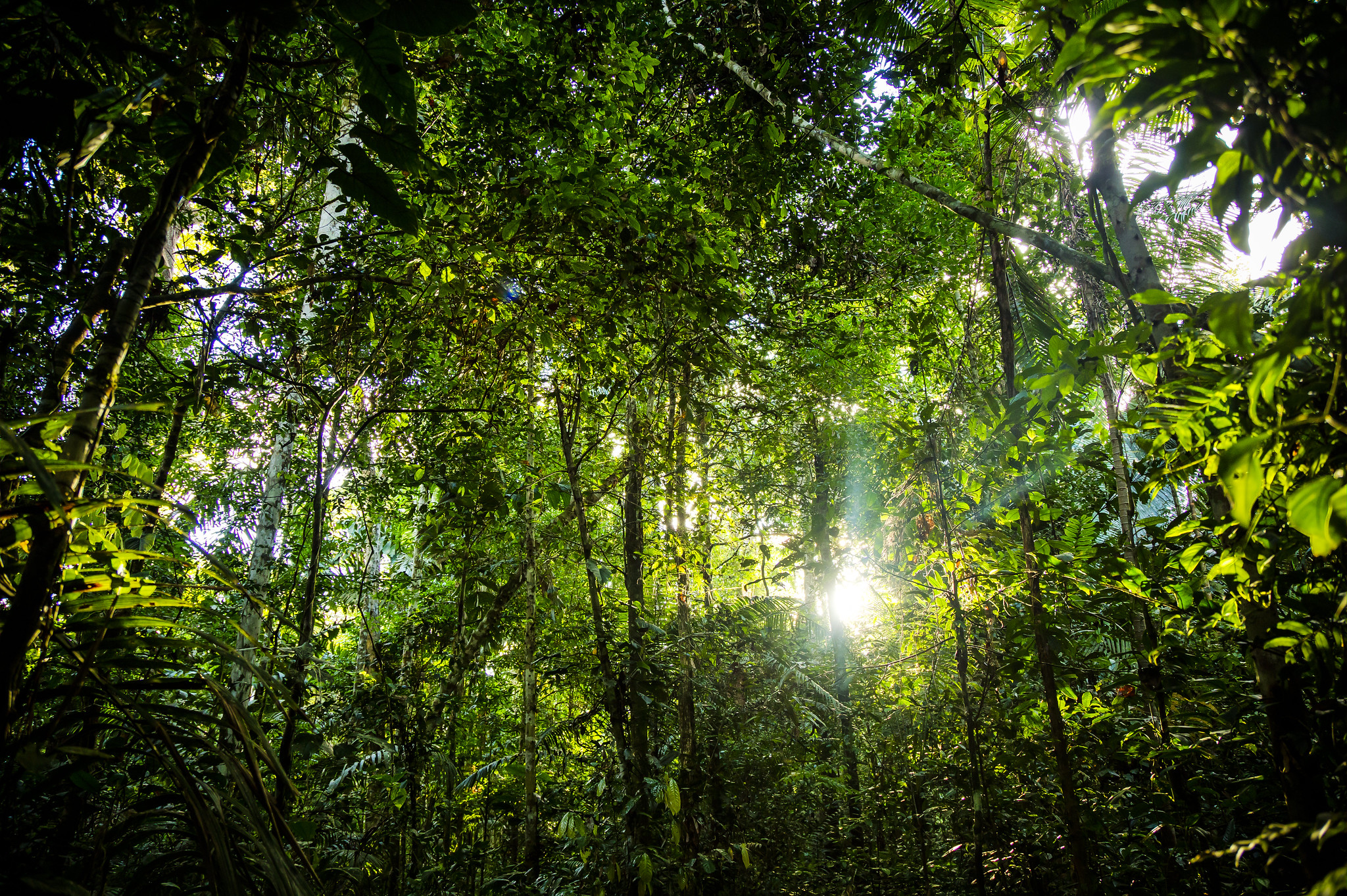
MOZAMBIQUE – the Mozambican government and various organisations are working vigorously to make the country’s coastal communities resilient to the effects of global warming. One such project is an ambitious mangrove reforestation, launched early this year by Mozambique’s Ministry of Sea, Inland Waters and Fisheries (MIMAIP) in partnership with Blue Forest, a new company based in the United Arab Emirates. As part of the aggressive mangrove reforestation project in Mozambique, up to 100 million mangroves are to be planted on a total area of 185,000 hectares over the next 30 years. Crucially, the project will harness the power of new technology to identify key hot spots in coastal Mozambique where restoration is most needed. According to experts, LiDAR technology can be deployed in various ways to manage forests, such as identifying areas that have been affected by human activities and taking measures to reduce environmental degradation. “Artificial Intelligence (AI) algorithms will then be used to decipher the satellite data and field measurement to customise the reforestation activities in an accurate, efficient and transparent manner,” Blue Forest said in a statement. READ MORE AMERICAS Why mangroves are a powerful partner to help save our planet
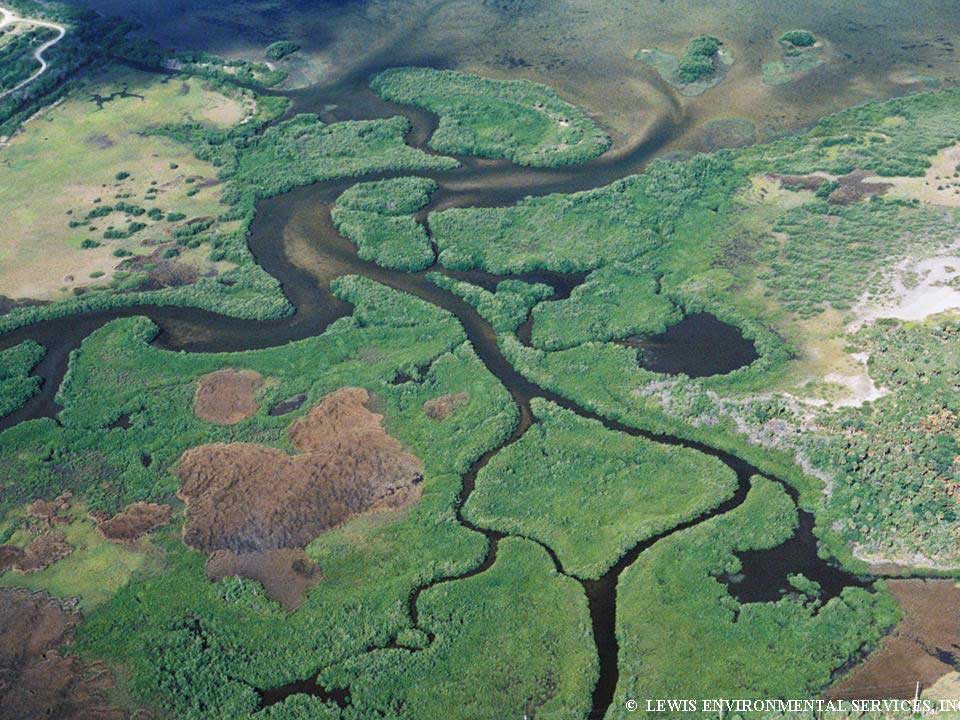
USA – Native to Florida’s wetlands, mangrove forests are not only aesthetically pleasing, they’re also integral to the health of our ecosystems. They act as nurseries for hundreds of threatened marine creatures and they buffer our coastline from storm surge. Importantly for Florida, they trap and store nutrients in their roots, helping lessen algae blooms. But perhaps their most surprising global contribution is to climate change. Pound for pound mangroves store five times the carbon of tropical rainforests and 10 times that of traditional forests. However, over the centuries, the Earth has lost about two-thirds of its mangroves – due mostly to humans – from activities like farming, aquaculture and urbanization. Locally, Tampa Bay has lost 44% of it’s coastal wetlands, made up up salt marshes and mangroves, in the past 100 years. But there is some good news. In the 20th century mangroves were disappearing at the rate of 2 percent per year. But more recently, due to successful conservation, that rate has dropped to a half of a percent. READ MORE Great Mangrove Cleanup removes 4,450 pounds of trash
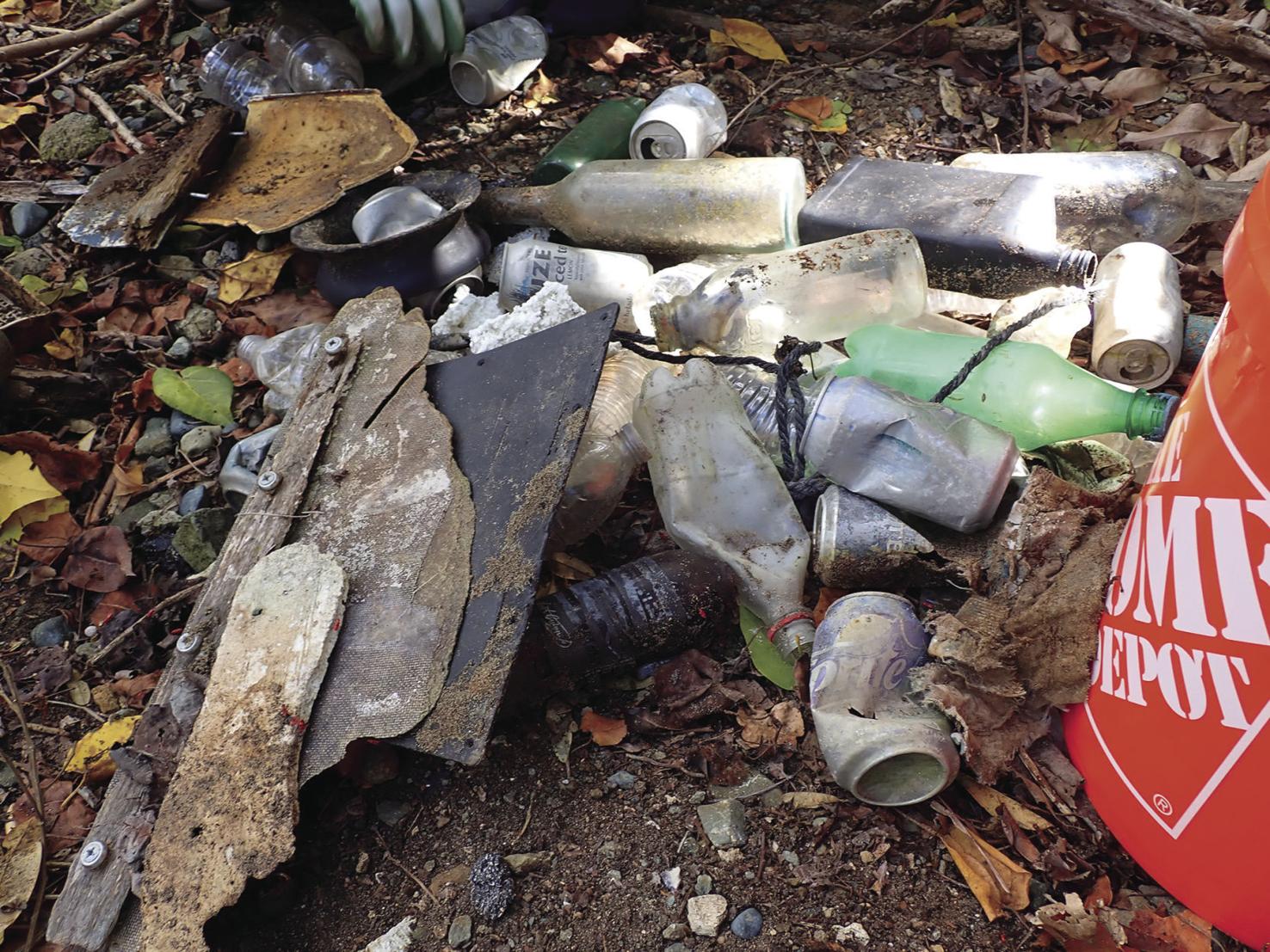
VIRGIN ISLANDS – This month’s Great Mangrove Cleanup gathered 4,450 pounds of trash from the shoreline of Vessup Bay, the most debris removed during the cleanup to date. Together, 97 volunteers, ranging from 8 to 70 years old, participated in the fifth annual event. The volunteers cleaned 0.5 mile of mangrove shoreline, removing lingering hurricane debris and other trash trapped in the mangrove roots. By number, the top three items removed were beverage bottles (2,000 plastic, glass and cans), plastic pieces (1,078) and plastic bottle caps (493). There were also quite a number of interesting finds, including propane tanks, dinghies, tires, 219 flip-flops and other shoes, toothbrushes, a weight belt, a dry suit, fish ID card, a flowerpot, a broom, an engine and a lounge chair. In the Virgin Islands, most marine debris comes from land-based sources, which means the community plays a critical role in reducing marine debris by recycling, reusing items or making sure that items that must be thrown away end up in the proper waste receptacle.READ MORE ASIA And it’s a wrap, for the filming at least
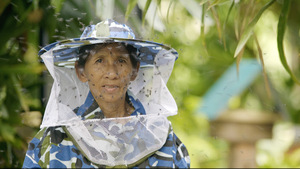
THAILAND – At the edge of the sea on the Andaman Coast in Southern Thailand, villagers are nurturing bees and adapting their relationship with forests to fight the changing climate. Living with Bees will shine a light on an incredible connection one village has developed with pollinators, as we follow one woman’s journey of discovery; that introducing bees into the mangroves could be the key to saving her and her village. Thank you so much to absolutely everyone who made contributions to the film and project. We have completed our filming in Thailand and are on our way back to Bristol! Your donations have gone directly towards the people and communities of Nai Nang and Klong Prasong, and we are excited having captured the impact the bees and training had on the lives of our characters. We can’t wait to start going through the footage and begin the editing process back home. The best part about the whole project was that we genuinely brought positive conservation impact to the people came to collaborate with. I have worked with and filmed characters from both villages since 2015, through the Mangrove Action Project, and this long-term relationship was really key to the trust that everyone had for us and the project. READ MORE Conserving mangroves to protect local livelihoods and the planet
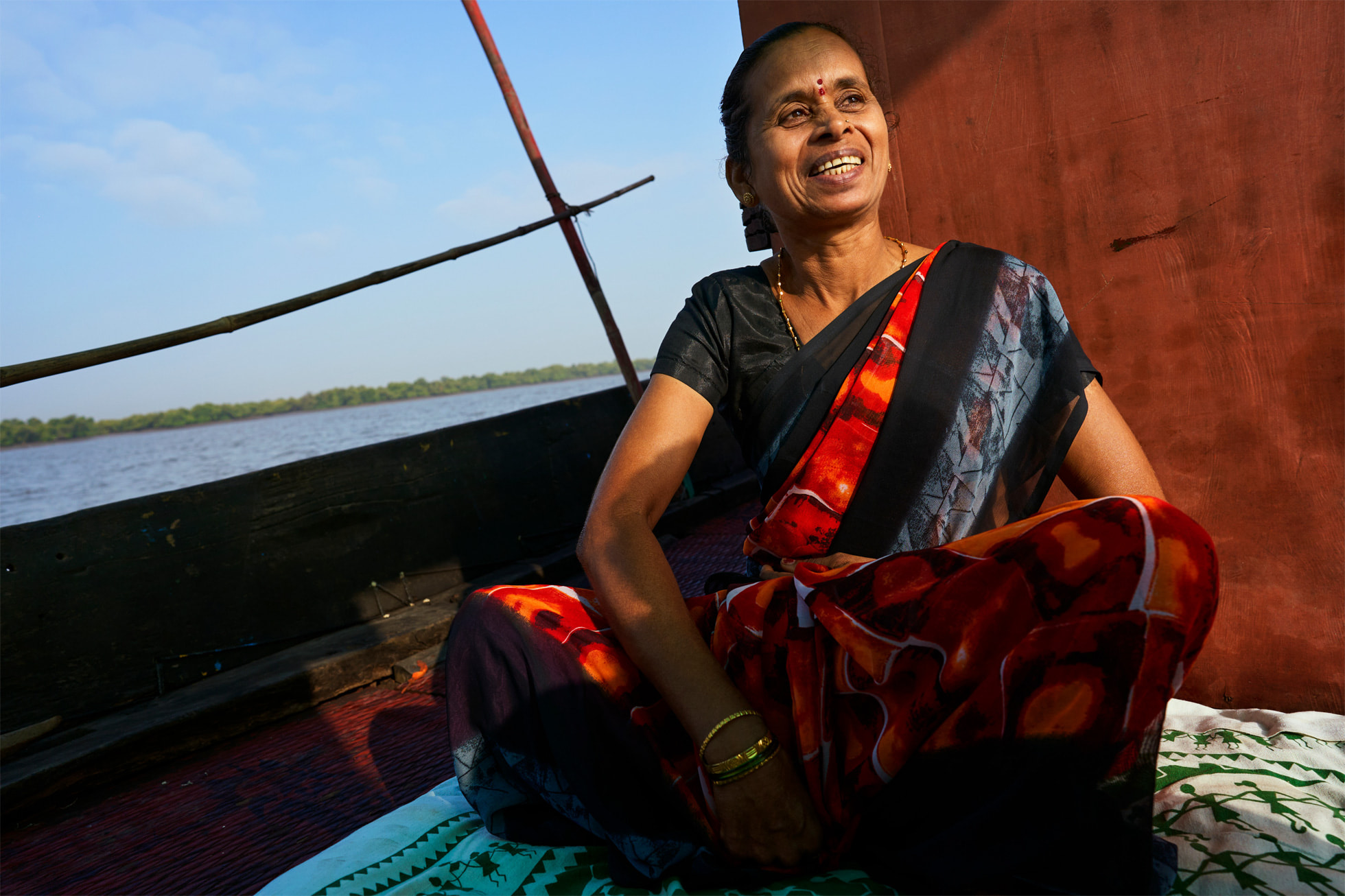
INDIA – In the Raigad district, Alibaug connects Mumbai to a network of rivers branching off of the Arabian Sea. The coastal area is home to 21,000 hectares of mangrove forests, one of Earth’s most natural protectors against the impacts of climate change, which include unpredictable monsoons, rising tides, cyclones — or hurricanes — and even tsunamis, while also acting as carbon sinks that absorb CO2 from the atmosphere and store it in their soil, plants, and other sediment, known as blue carbon. Applied Environmental Research Foundation (AERF) — awarded a grant by Apple in 2021 — is exploring the area with a plan to safeguard the future of these mangroves by creating alternative, sustainable industries in the local communities that cultivate and benefit from the biodiversity and resilience of the mangrove ecosystems. Conservation agreements will provide sustained support to village members in exchange for conserving the land and transitioning the local economy to one that relies on keeping the mangroves intact and healthy. READ MORE Mangrove conservation in Malaysia, a mission to save Earth
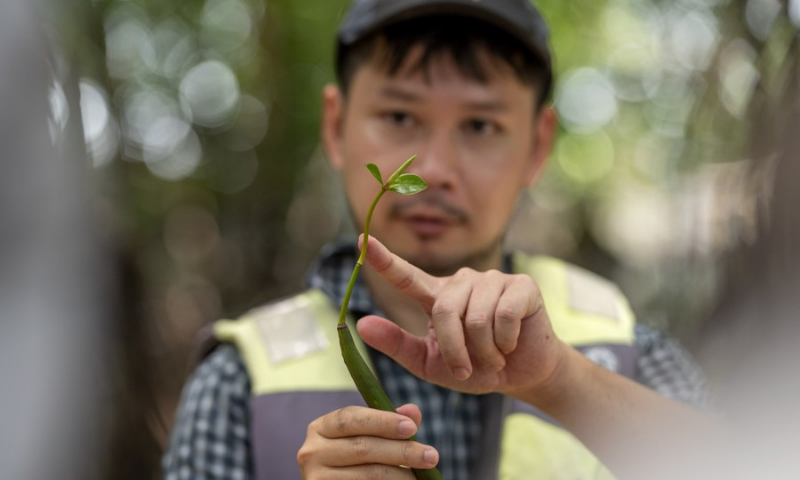
MALAYSIA – Glittering sea, symphony of waves, warm sunlight, and cool breeze — everything feels just right on the unmanned island of Pulau Merambong, which is located in Malaysia’s southern state of Johor, except, right at the back, trash is strewn along the shoreline. Plastic bottles, aluminium cans, used product packaging, polystyrene foam boards, worn-out bags, shoes and even helmets can be spotted. Volunteers cleaning up the beach told Xinhua, “We believe that the garbage is washed up onto this uninhabited island. Well, we once found an abandoned fridge, so helmets are not that surprising.” Andik Idris Munabak Bin Andik Burhanudin, wildlife assistant at Tanjung Piai Johor National Park, describes the mangrove forests as a gift from mother Earth. Richard Chan, a local volunteer who is dedicated to the mangrove conservation, visualizes the mangroves as the lungs to Earth while he tries to explain how important the forest is to children. “Our lungs do not have active functions to excrete unwanted substances and need help from other organs to do so. So, we, as humans, should act as the kidney, and take up the responsibility in cleaning up our mangrove forests,” said Chan. READ MORE Like this newsletter?
Pease consider donating to MAP to keep it going.
Giving could never be easier  *Articles in this newsletter may mention practices being used and/or show exagerated results being claimed without proof. Stories are presented here in effort to show mangrove related activity around the world and do not necessarily reflect Mangrove Action Project’s views or mangrove restoration best-practices. | ACTION ALERTS
Stop this total madness Stop the biggest heated oil pipeline in the world — right through the heart of Africa!
CLICK HERE Strengthen 60 Women Farmers in El Salvador
DONATE HERE Stop construction work on a private port In Defense of the Quilombo Boca Do Rio TAKE ACTION! Tell Sumitomo to stop building polluting coal power in Bangladesh! TAKE ACTION!
Like this newsletter? Pease consider donating to MAP to keep it going. Giving could never be easier 
MAP Website en Español
haga clic aqui ORDER YOUR 2022 MAP CHILDREN’S ART CALENDER HERE
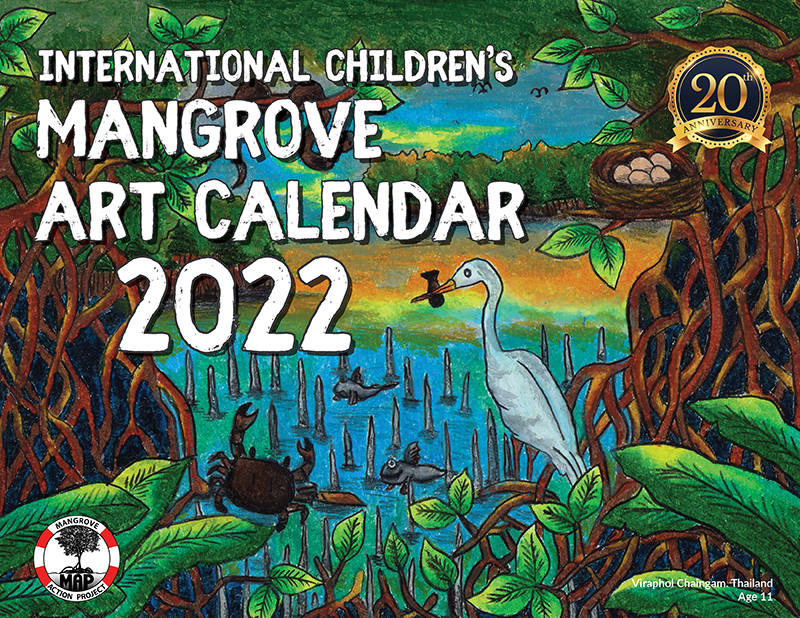 13 Year old Linda Li “Mangrove Adventure” from Kid Dream Art School

WATCH NOW 
Restoring The Natural Mangrove Forest
Watch movie

Community Based Ecological Mangrove Restoration in Rufiji Delta VIEW VIDEO
Video: Mangroves for the Future
View Here WANT TO GET INVOLVED?
Follow and Join MAP!    
Like this newsletter? Pease consider donating to MAP to keep it going. Giving could never be easier 

Interested in connecting or working with MAP? Check out our opportunities here 
MANGROVE ISSUES Want to learn more about mangroves?
Our short presentation will give you a better understanding of the issues we are working to solve. WATCH PRESENTATION What is CBEMR? Download MAP’s 2 page CBEMR Information Sheet containing links to all MAP’s CBEMR resources – CLICK HERE View MAP’s uploaded Videos at
MAP Video Gallery Question Your Shrimp Consumer/Markets Campaign!
WATCH VIDEO Mangroves: Guidebook to Malaysia – Click Here SHARE MAP’S VISION
CLICK HERE to watch short introductory video. Together we can work “at the roots of the sea”. Our short documentary, Reducing the Risk of Disaster through Nature-Based Solutions : Mangroves 
NASA Study Maps the Roots of Global Mangrove Loss
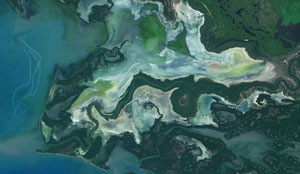
Marvellous Mangroves Curriculum The Marvellous Mangroves Curriculum begins with a simple philosophy – getting future generations to not only learn about, but understand the importance of mangrove forests. VISIT 
The award-winning Marvellous Mangroves (MM) curriculum educates children on the importance of mangroves and their ecological functions, teaching them about modern challenges and mechanisms for sustainability. VIEW VIDEO Marvellous Mangroves Curriculum in Bangladesh – WATCH VIDEO
MARVELLOUS MANGROVES IN BRAZIL
En Portuges 
Marvellous Mangroves – A Curriculum-Based Teachers Guide.
Like this newsletter? Pease consider donating to MAP to keep it going. Giving could never be easier 
“Question Your Shrimp” Campaign Question Your Shrimp – is it really sustainable? Sign the Petition
Note to Our Readers: We strive to keep active links in our newsletter. However, due to circumstances beyond our control, occasionally links to stories may become broken. If you find a link to a story is not functioning, please cut and paste the headline into your browser search bar. In most cases you should be able to locate the original story.
Not yet a MAP News subscriber?
Click here to subscribe.  *Articles in this newsletter may mention practices being used and/or show exagerated results being claimed without proof. Stories are presented here in effort to show mangrove related activity around the world and do not necessarily reflect Mangrove Action Project’s views or mangrove restoration best-practices. *Articles in this newsletter may mention practices being used and/or show exagerated results being claimed without proof. Stories are presented here in effort to show mangrove related activity around the world and do not necessarily reflect Mangrove Action Project’s views or mangrove restoration best-practices.
|



























